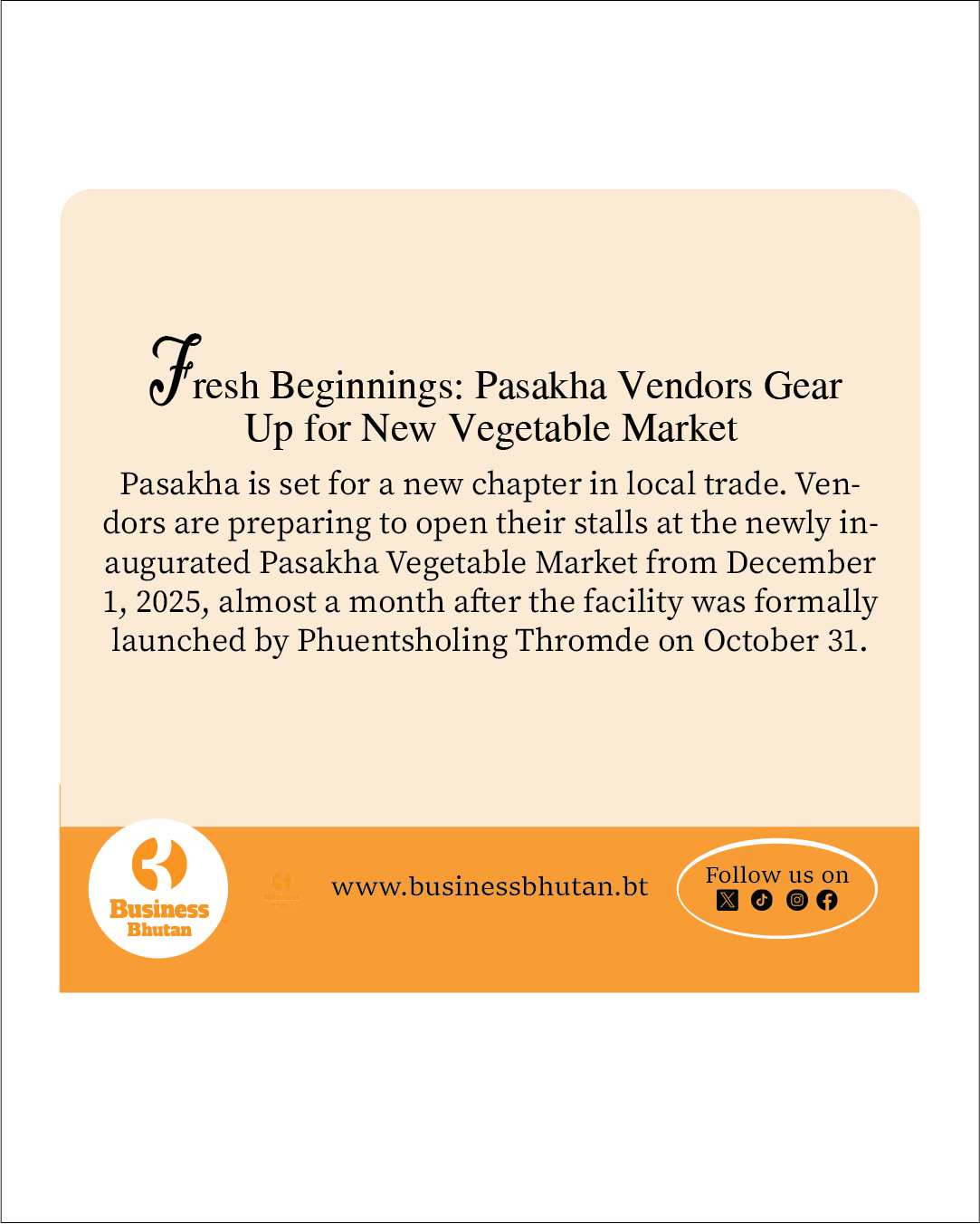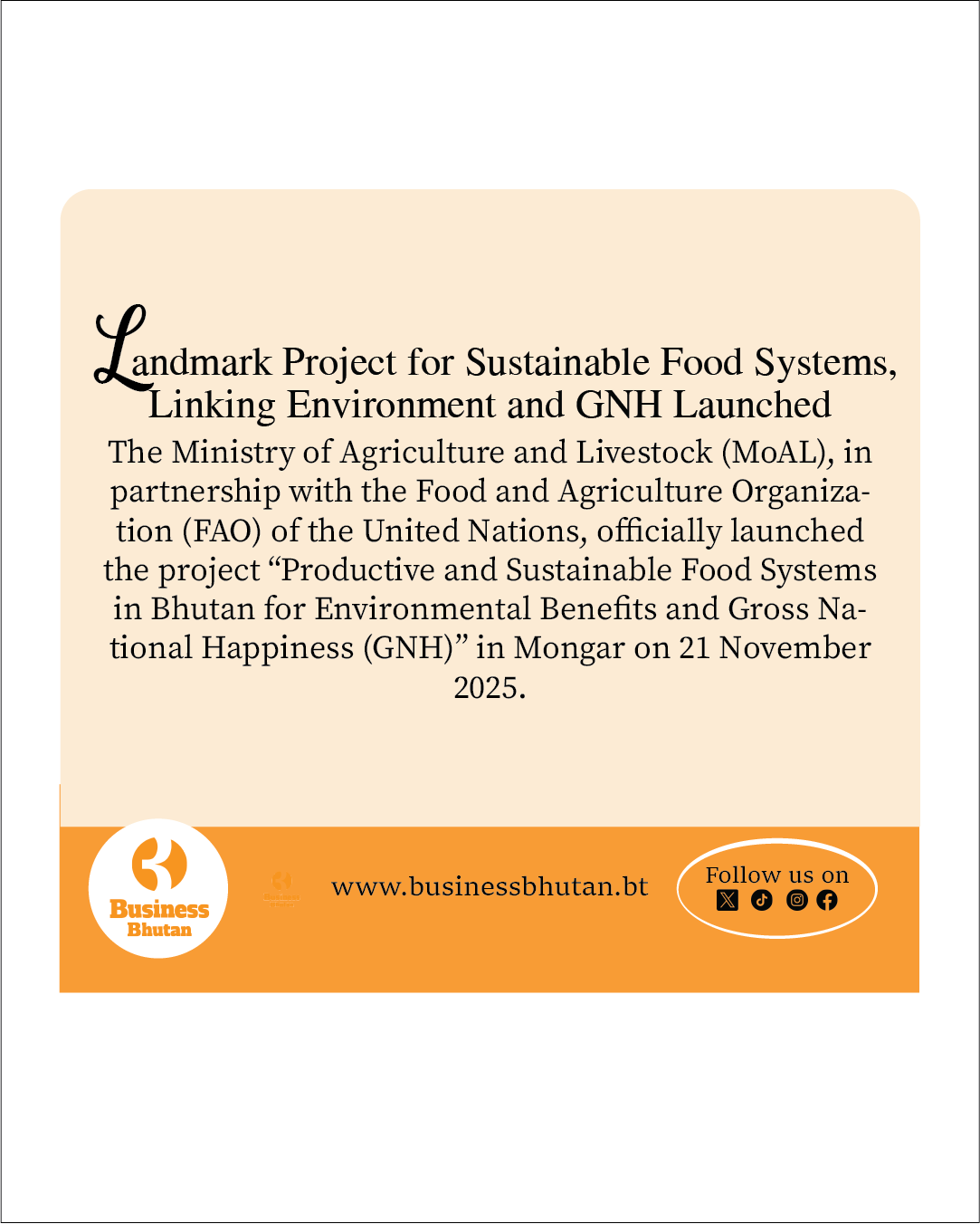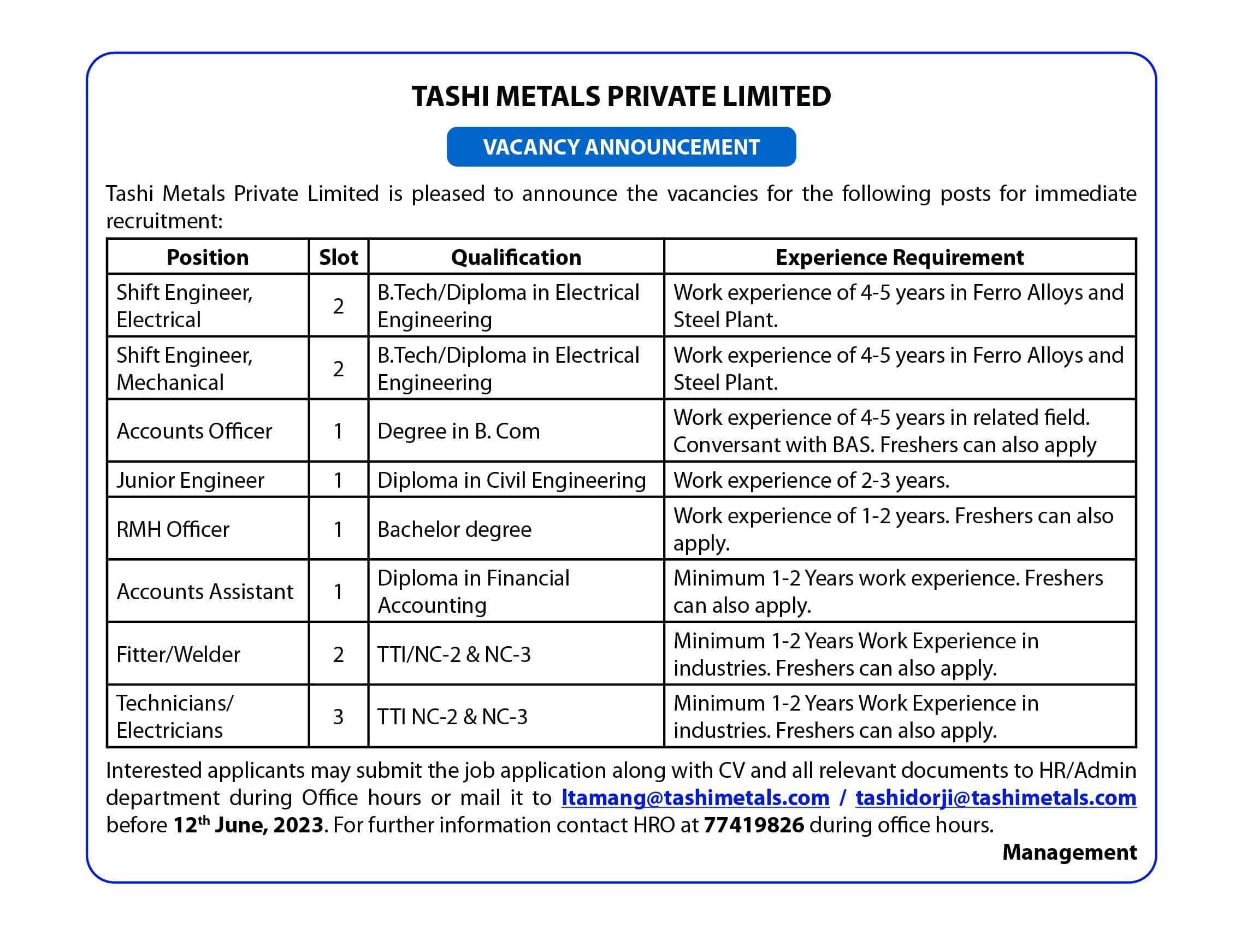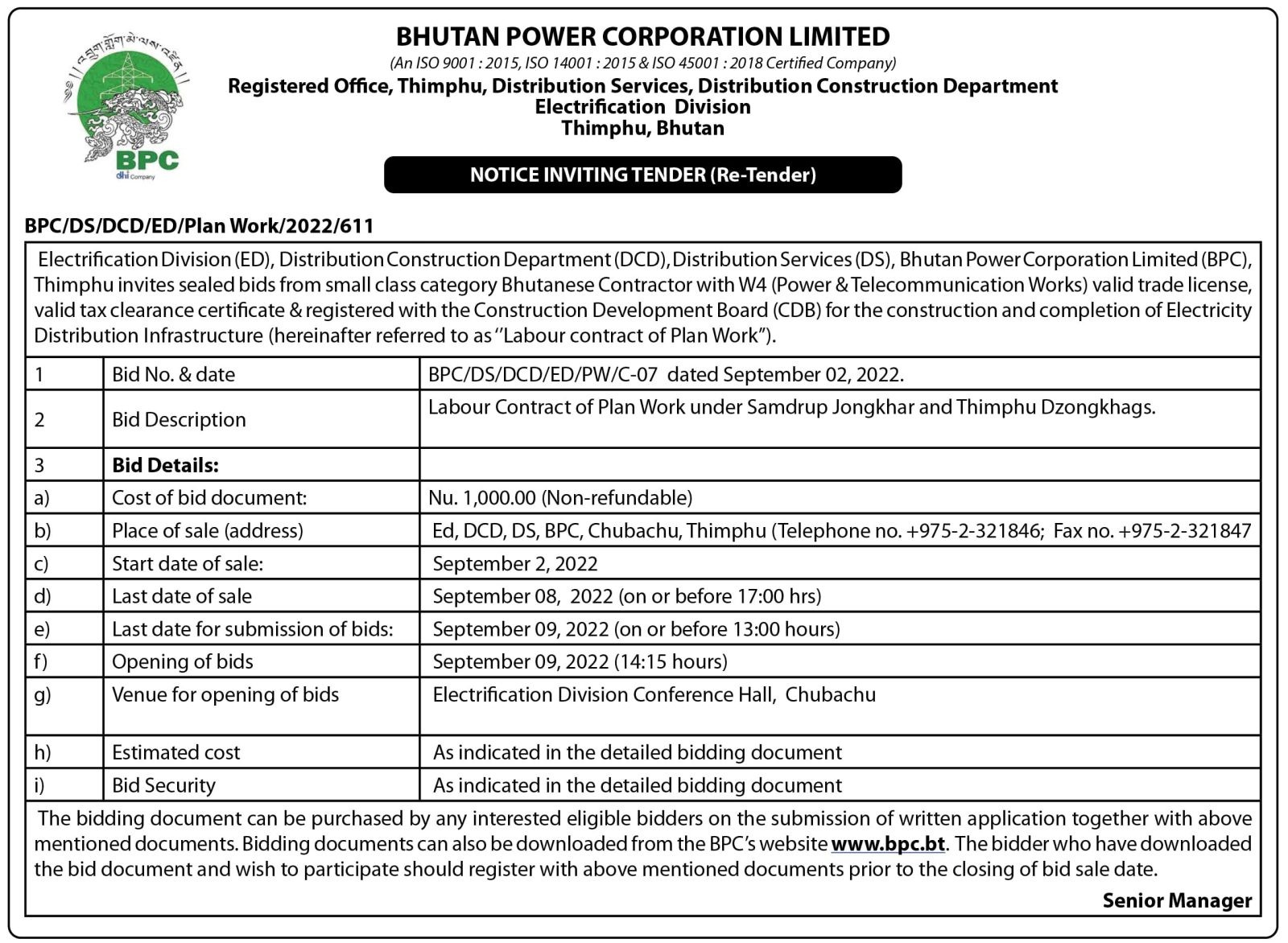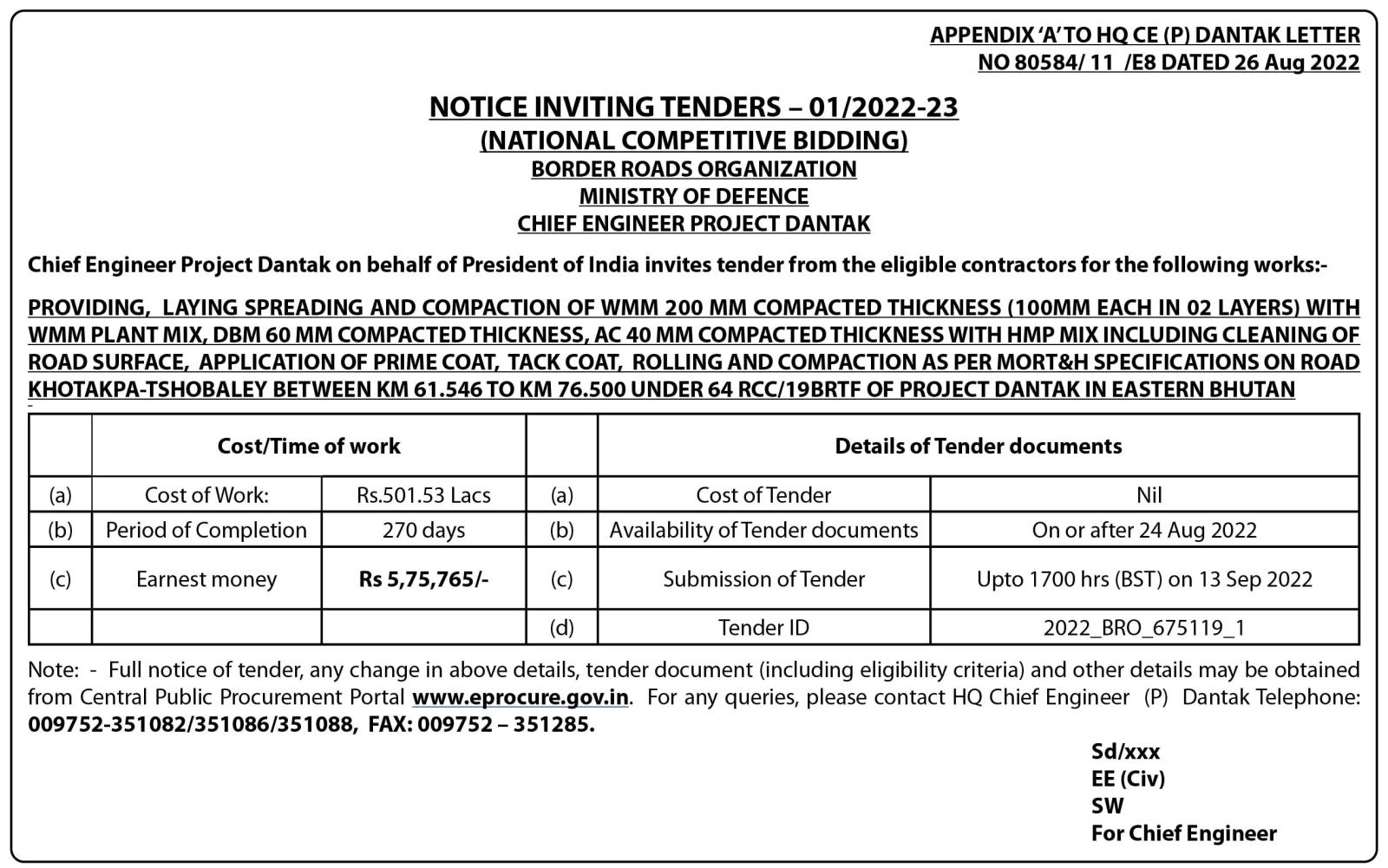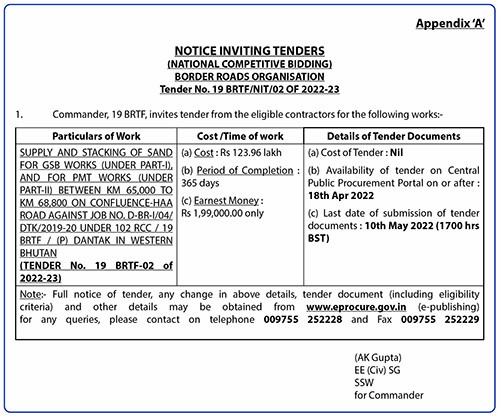Bhutan’s inflation continued its upward trajectory in August 2025, reflecting mounting pressures on households and businesses alike. The national Consumer Price Index (CPI) rose to 3.87% year-on-year, marking a notable increase from previous months and signaling persistent inflationary trends across the country. According to the National Statistics Bureau (NSB), the average inflation from January to August 2025 stood at 3.43%, underscoring a sustained rise in the cost of living.
The overall rise in national inflation was fueled by significant increases in both food and non-food categories. Food inflation surged to 6.04%, with key segments such as food and non-alcoholic beverages climbing 6.18% and alcoholic beverages and betel nuts rising 4.37%. This trend indicates that consumers are facing higher prices for essential items, which could affect household budgets, particularly for families in urban centers.
Non-food inflation also contributed to the increase, climbing to 1.92%. Among these categories, clothing and footwear prices rose by 4.82%, while furnishings and household maintenance increased 3.75%. Conversely, the communication sector experienced slight deflation, with prices falling 0.95%, and the transportation index saw a modest increase of just 0.10%, suggesting relative stability in travel costs.
On a month-on-month basis, the CPI rose 0.42%, driven mainly by food prices, while transportation costs declined slightly by 0.12%.
Year-on-year inflation in Thimphu reached 5.11%, with food prices increasing 8.96% and non-food prices rising 1.68%. The sharp food price rise indicates greater cost pressures on urban households.
In the Central Region, monthly inflation increased 0.68%, driven by food prices rising 1.40%, particularly in food and non-alcoholic beverages, which rose 1.52%. Non-food prices fell marginally by 0.02%, largely due to lower transport costs.
The East recorded year-on-year inflation of 4.30%, with food inflation at 5.82%. Non-food items, including clothing and footwear, rose 5.39%, while prices in restaurants and hotels increased 4.12%. Month-on-month inflation was 0.51%.
In the West, inflation stood at 4.91% year-on-year, driven by non-food prices rising 2.27%, notably in restaurants and hotels (4.90%) and healthcare costs (4.64%). Food prices grew modestly by 0.86%, while transport and communication costs declined slightly. Monthly inflation reached 0.43%.
The rising CPI highlights growing living cost pressures, particularly in food, clothing, and household essentials. For households, this trend could erode purchasing power, forcing adjustments in spending patterns and potentially slowing discretionary consumption. Businesses, especially small retailers and service providers, may face cost pressures that could be passed on to consumers, further amplifying inflationary effects.
Experts suggest that policymakers should closely monitor these trends and consider targeted interventions to stabilize prices, particularly for essential goods. Regional disparities also indicate the need for localized policy measures, as inflationary pressures are not uniform across the country.
Sherab Dorji
From Thimphu



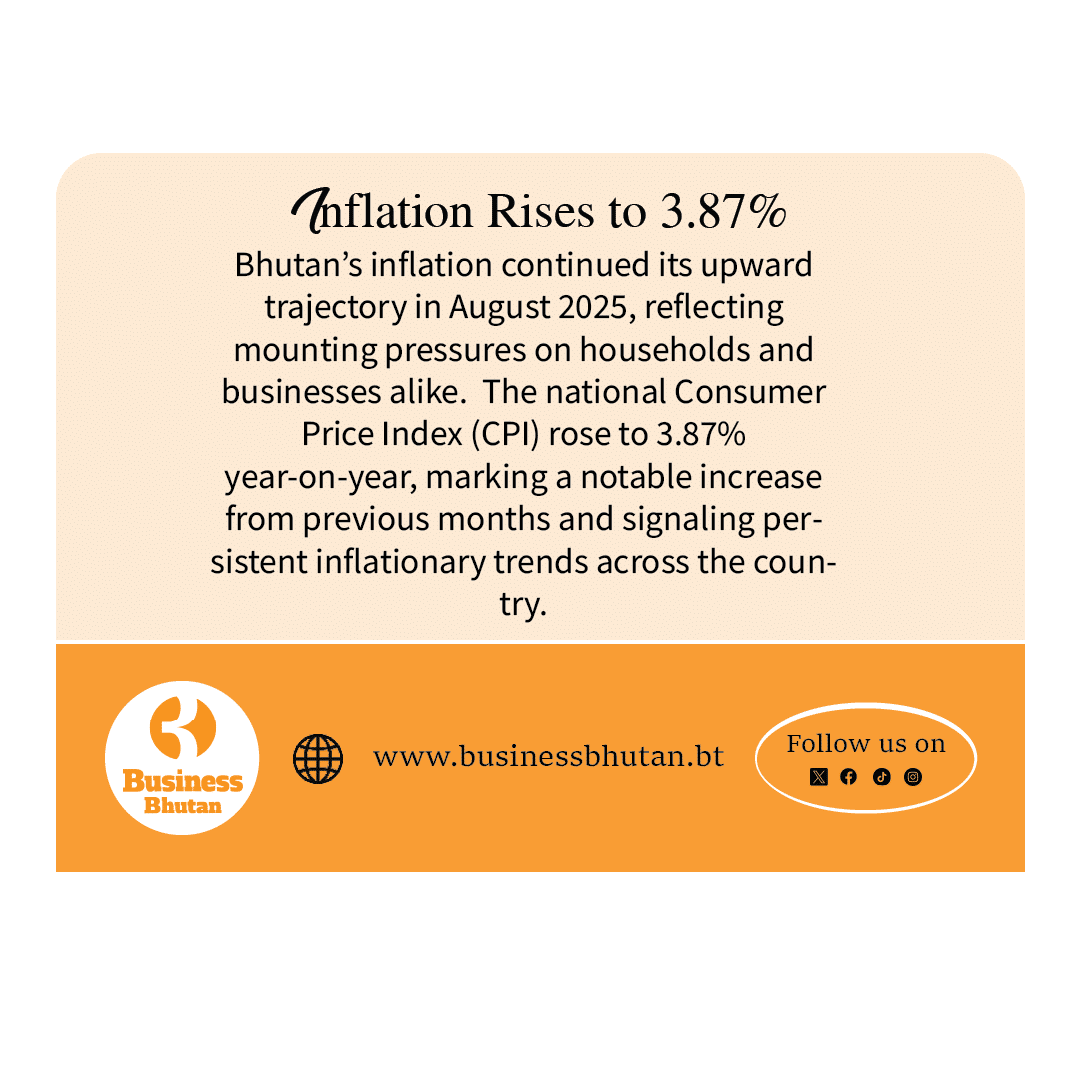
![Fresh Beginnings: Pasakha Vendors Gear Up for New Vegetable Market - Duplicate - [#16963] Fresh Beginnings: Pasakha Vendors Gear Up for New Vegetable Market - Duplicate - [#16963]](https://businessbhutan.bt/wp-content/uploads/2025/11/Asset-200.png)
